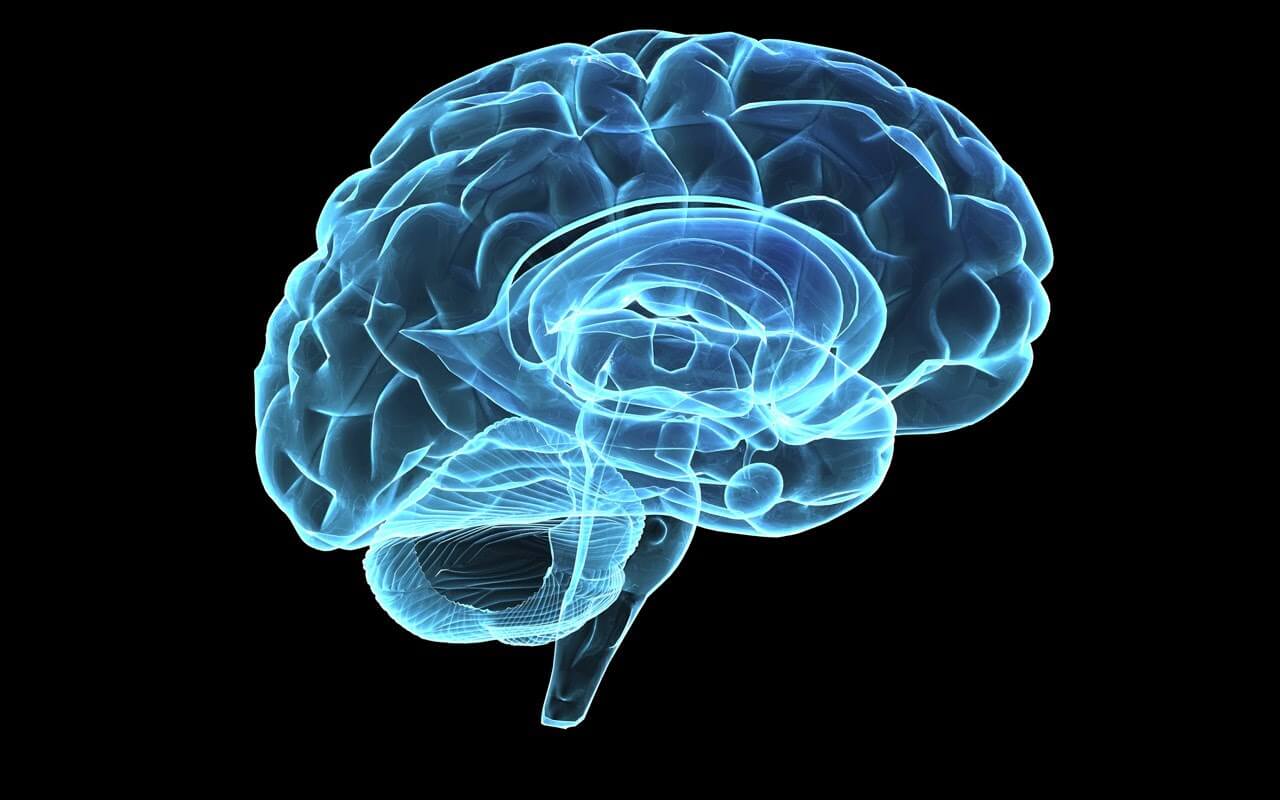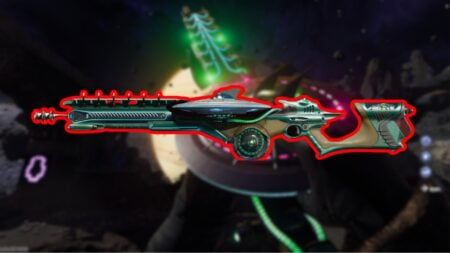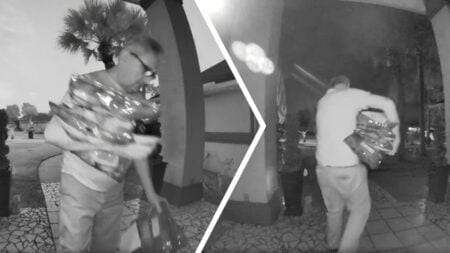Most of us are lucky with our lives. We head out to work, play video games, exercise, read, write, and generally enjoy the short time we are afforded on this crazy spinning rock in space. However, others do not share the same fortune as the general population. Some have to struggle daily to do things that we take for granted. Adam Fritz, a regular college student living in California has seen both sides of the equation. In 2008, Adam drove down the streets of California on his motorcycle, a seemingly normal day in the Hollywood state. A truck in front of him spilled a table onto the freeway, striking him and ejecting him out of the motorcycle. From that moment on, his life would not be the same. Doctors informed Adam that he would never walk again due to a massive spinal cord injury.
Fast-forward to 2015, and Adam’s hope to walk again may be a reality. A team of researchers at the University of California Irvine led by assistant professor Zoran Nenadic developed a brain-wave device that can do the work that the brain wants. The team used the information that the signal sent from the brain to the legs to walk is not severed by the damage; rather, the connection is broken between the neural connection and the legs. Other devices in the past have allowed paralyzed individuals to ride a stationary bike or connect with a computer, but no mechanism has allowed the user to do both.

The process was not easy for Adam Fritz. Like most others in the world, Adam never really thought about walking; he just did it. In order to get his brain to make the proper connections, Adam had to go through a long virtual reality process in which he used his brain to make the person on-screen walk. After completing the VR, Adam was hooked to a harness and took his first steps with the new device.
““It wasn’t painful, but you could feel the muscles contracting,” Fritz says. “I’m wavering, but planted on the ground. You feel your whole body and leg moving.” The key, however, is that he did move.” (time.com)
The next step in the entire process involves determining the feasibility of the project. Multiple wires and harnesses are involved with making the entire machine work in harmony. The next step is finding a team to help minimize the scale of the invention and make it portable for individuals to keep in their pocket or attached in some way. Regardless of what happens in the future, the work of the Cal Irvine team gives hope to those who have lost what we take for granted every day.
(Thanks to Time.com for the story and quote).







